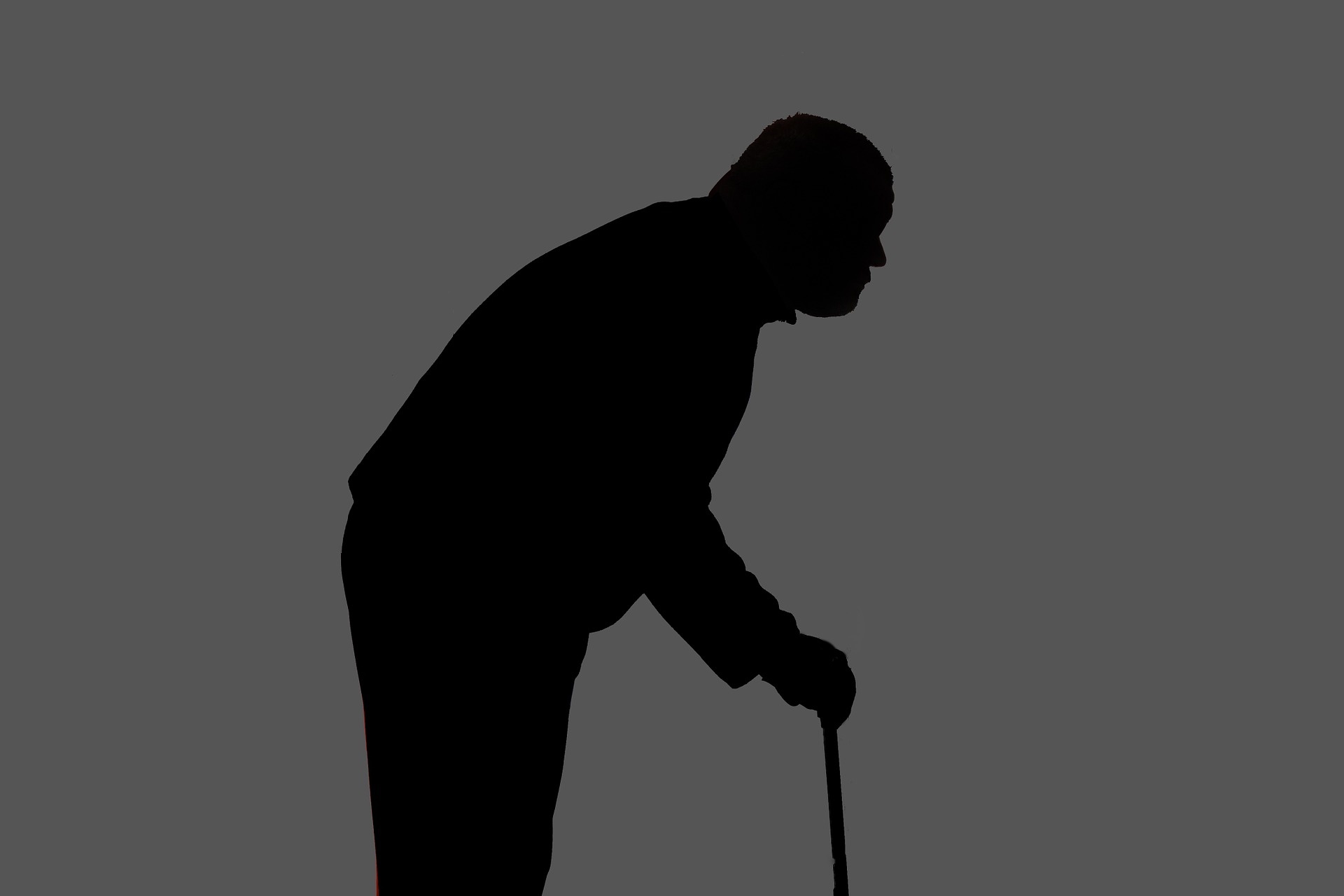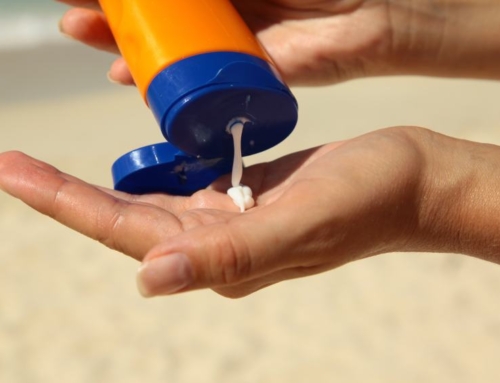Parkinson’s disease affects approximately 1 million individuals and these numbers are expected to increase. Over the past 25 years the incidence of Parkinson’s has increased by 22% for the world and 116% for China.
Most of you are familiar with the tremor associated with Parkinson’s but many people miss the early signs and symptoms including these:
- Tremor – slight tremor especially at rest (keep in mind tremors can be caused by other medical conditions, medications and stress so not all tremors are Parkinson’s
- Change in handwriting – especially if your handwriting has gotten smaller
- Loss of smell – bananas, pickles and licorice seem to be associated with lower smell.
- Sleep – sudden movements during sleep
- Difficulty walking – your gait has slowed down or arms don’t swing when you walk like they used to
- Stiffness- waking up stiff and the stiffness doesn’t resolve can be a sign of Parkinson’s
- Constipation
- Voice is becoming more soft or hoarse
- Lack of facial expression – often misinterpreted for being mad or sad when you aren’t
- Difficulty standing up straight
**obviously these symptoms can be caused by other medical conditions, medications and stress so be sure to evaluate for these, too
Physicians usually look for three primary symptoms when diagnosing Parkinson’s:
- Tremor
- Bradykinesia (slow movement)
- Rigidity
READ ON to learn more about what causes Parkinson’s and what you can do about it….
Parkinson’s symptoms are considered to be related to our bodies ability to produce dopamine. As this ability declines, our ability to move declines and more symptoms appear. The cells that produce dopamine die as a result of many factors. Research points to oxidative stress as one of the culprits and many different things can occur causing oxidative stress. Once these cells are dead or impaired they cannot be replaced.
But what is causing this?
There may be a genetic predisposition to developing Parkinson’s but is estimated to occur in only 10-15% of the cases. The remainder of the cases are thought to be environmental. There is also a geographical link with cases of Parkinson’s that scientists are unclear of the factors for this. Let’s take a look at the suspected environmental causes:
- Head injury: head injuries have been linked to Parkinson symptoms later in life. Take a look at Mohammed Ali as a potential example. This is one of the reasons stricter guidelines for sports and concussions are now in place.
- Area of residence: Clusters of Parkinson’s are found more commonly in the Midwest and Northestearn United States.
- Exposure to metals: this can be a work hazard with certain occupations.
- Solvents and Polychlorinated Biphenyls (PCBs): PCB’s have been found in high concentrations in the brains of people who had Parkinson’s. PCB’s are the most common contaminant in groundwater as it is used as a solvent in many industries. Trichloroethylene, or TCE is a solvent used to degrease metal parts during production as well as dry cleaning. It is thought to be found in nearly 30% of our water supply and has been linked to Parkinson’s.
- Pesticides/herbicides: While many of these substances are suspect for their link to Parkinson’s, there haven’t been enough studies to pull them off the market. One substance called Paraquat however has been linked to Parkinson’s. It is banned in 32 countries including Europe but in 2020, the EPA re-approved use of this substance for at least the next 15 years! Maneb is another agrochemical that has been linked to Parkinson’s that is still on the market.
- Mold: Research has emerged zeroing in on a toxin that fungi produce which has been shown to reduce dopamine levels and kill dopamine cells. The researchers in a series of unique experiments showed a relationship of the fungus to development of Parkinson’s.
Treatments for PD are aimed at raising dopamine and the medications can produce some remarkable results but the disease still progresses and escalating doses of the medications are often needed. Traditional medicine typically stops there and doesn’t look at the other factors and identifying, if possible, the root causes.
If you have any of the Parkinson symptoms or have been diagnosed with Parkinson’s then start systematically evaluating for an underlying cause. Consider doing the following:
- Test for genetic defects: there is a FREE gene project for Parkinson’s that you can do at home. If you have a genetic predisposition then even smaller quantities of toxins will be significant for you and should be addressed (research has shown this).
- Evaluate for toxins doing special urinalysis testing:
- Pesticides
- Chemicals
- Heavy metals
- Mold
- If you have had multiple head injuries then consider hyperbaric oxygen therapy
- Exercise: Hand-eye coordination exercises are very helpful. There are many centers that offer special exercise classes for Parkinson’s. Boxing (you can even download these exercises) and ballet are just a few showing benefit.
If your symptoms are significant then you may need medication so work with a neurologist for proper management. Keep in mind, even after identifying and treating any root causes your symptoms may persist because the damage has already occurred. Varying degrees of improvement can occur but are specific to each individual. I have seen improvement in gait, tremors as well as no improvement at all when addressing these areas. However, perhaps future damage may be prevented slowing the progression.
To your health,
Laura









